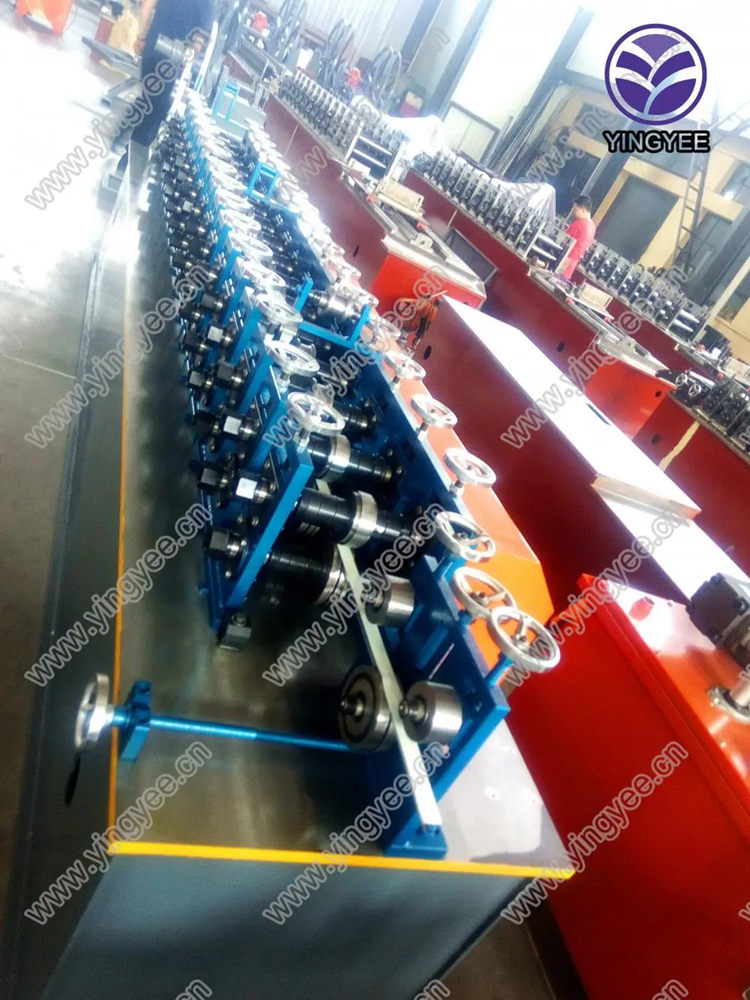
Understanding Plate Bending Machines An Essential Tool in Metal Fabrication
Plate bending machines, also known as plate rolling machines, are vital pieces of equipment in the metal fabrication industry. These machines are designed specifically to bend and shape metal plates into desired forms, making them invaluable for various applications, from shipbuilding to the manufacturing of pressure vessels and architectural components.
The Mechanism of Plate Bending Machines
The primary function of a plate bending machine is to roll flat metal sheets into cylindrical or conical shapes. These machines operate based on a simple yet effective principle. Generally, a typical plate bending machine comprises three main rolls two bottom rolls and one top roll. The top roll exerts pressure on the metal sheet as it is fed between the bottom rolls, applying necessary force to bend the plate.
The bottom rolls can be positioned in various ways, including pyramid-type, which allows for different bending radii and greater versatility. Some machines utilize an asymmetrical configuration, accommodating thicker plates and complex designs. The bending process can be divided into several stages initial pre-bending, rolling, and final shaping, allowing operators to achieve precise dimensions and angles.
Types of Plate Bending Machines
Plate bending machines come in several types, each catering to specific needs
1. 3-Roll Bending Machines The most common type, ideal for standard rolling operations. These machines provide excellent control over the bending process, allowing for consistent results.
2. 4-Roll Bending Machines Offering more advanced capabilities, these machines help eliminate the need for flange bending and reduce the number of steps in the forming process, thus enhancing productivity.
3. Hydraulic Bending Machines Utilizing hydraulic power, these machines can handle thicker materials and offer improved precision and ease of operation.
4. CNC Plate Bending Machines Equipped with computer numerical control (CNC) technology, these machines provide high levels of automation and accuracy, often used for complex designs that require tight tolerances.
Applications of Plate Bending Machines

The versatility of plate bending machines allows them to be used in a vast range of industries
. Some of the most common applications include- Shipbuilding Plates are bent to create the hulls and superstructures of vessels, requiring precision and durability. - Pressure Vessel Manufacturing Used in the production of storage tanks and reactors, where safety and structural integrity are paramount.
- Construction Bending plates for architectural components such as beams, columns, and custom frameworks.
- Automotive Industry Creating various parts that require bending and shaping of metal components.
Advantages of Using Plate Bending Machines
Employing plate bending machines in manufacturing processes offers numerous advantages
1. Efficiency These machines can handle large quantities of material with minimal manual input, improving overall productivity.
2. Precision Modern plate bending machines, especially those equipped with CNC systems, provide high degrees of accuracy, ensuring that parts fit together perfectly.
3. Versatility Various settings allow these machines to handle different materials (aluminum, steel, etc.) and thicknesses, making them suitable for multiple projects.
4. Cost-Effectiveness By streamlining the bending process, companies can reduce labor costs and waste, leading to significant savings in the long run.
Conclusion
Plate bending machines are integral to the functionality of metal fabrication, providing essential capabilities for bending and shaping metal plates into complex forms. As industries evolve and the demand for precision increases, advancements in plate bending technology, such as CNC integration, will likely continue to drive innovation. By understanding their operation and applications, manufacturers can better leverage these machines to improve their production processes and meet customer demands effectively. The ability to transform flat sheets of metal into intricate and robust structures speaks to the ingenuity of plate bending machines and their importance in modern manufacturing.